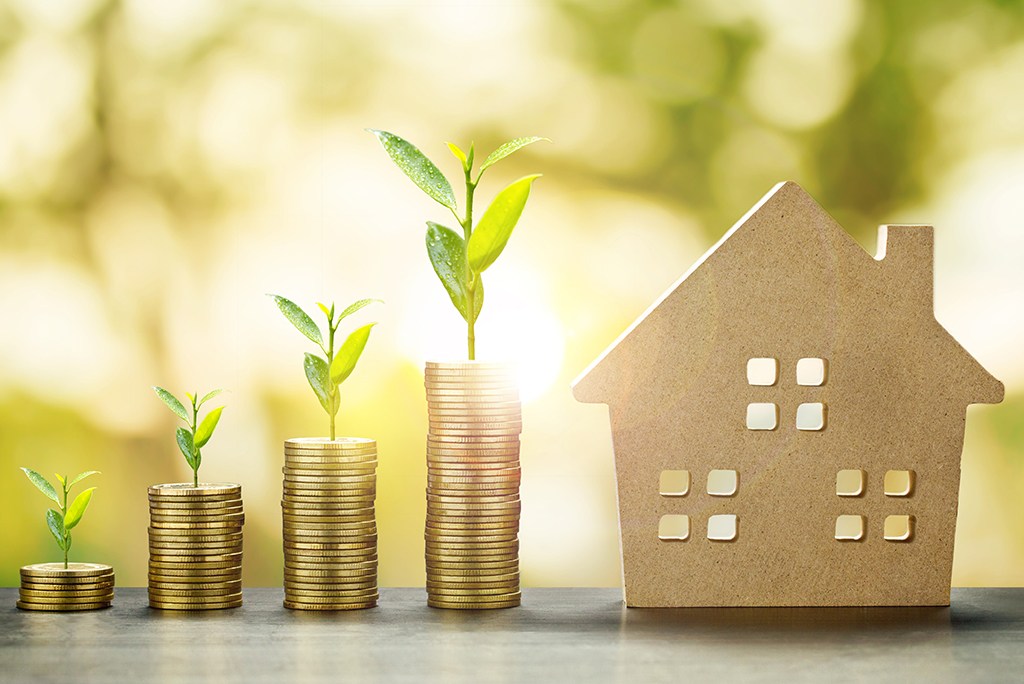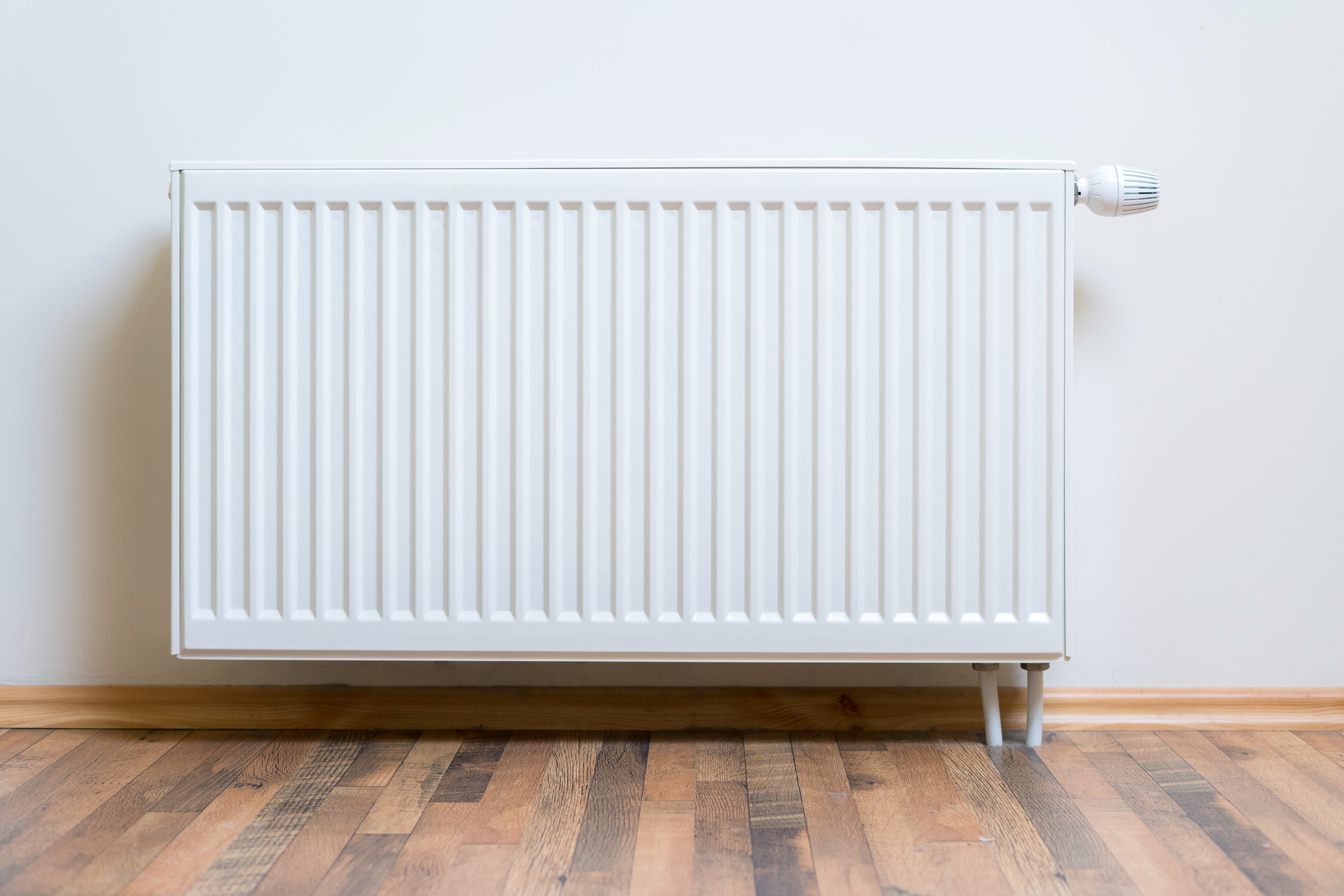What are heat pumps?
A heat pump is a cutting-edge device that extracts heat energy from the air or ground and transfers it into your home to provide comfortable heating, cooling, or hot water. Unlike traditional heating systems that generate heat through combustion, heat pumps work by moving heat rather than generating it, making them incredibly energy-efficient. This means they not only keep your home cozy but also help you save on energy bills and reduce your carbon footprint. Whether you're looking to upgrade your existing heating system or install one in a new home, heat pumps offer a sustainable and cost-effective solution for all types of properties.
Why Choose a Heat Pump?
 Provides heating, cooling and hot water from the energy stored in the air or ground
Provides heating, cooling and hot water from the energy stored in the air or groundGenerates more energy than it uses
An environmentally friendly alternative to gas and oil boilers
Are suitable for all properties, including flats and housing estates
Qualifies for the Boiler Upgrade Scheme grant
The Benefits of a Heat Pump
Installing a heat pump in a building brings a variety of financial and environmental benefits. Unlike conventional boilers, heat pumps don’t require burning fossil fuels to create heat. All the thermal energy produced comes directly from natural, renewable sources. This means property owners can benefit from:
Significantly lower energy bills
Drastically reduced emissions output
Low maintenance, hassle-free heating
Consistent, year-round heating – whatever the weather
The Boiler Upgrade Scheme (BUS) offered by the UK government to subsidise those who want to switch to green energy
Heat pumps perfectly complement energy-efficient technologies like underfloor heating and solar PV.
An average coefficient of performance (CoP) between 3-4 units. For every 1kWh of electricity used to run a heat pump, approximately 3 to 4kWh of thermal energy is produced.
Safer than combustible forms of heating
what are the different types of heat pump systems?
There are two main types of heat pumps: air-source heat pumps and ground-source heat pumps.
GROUND SOURCE HEAT PUMPS
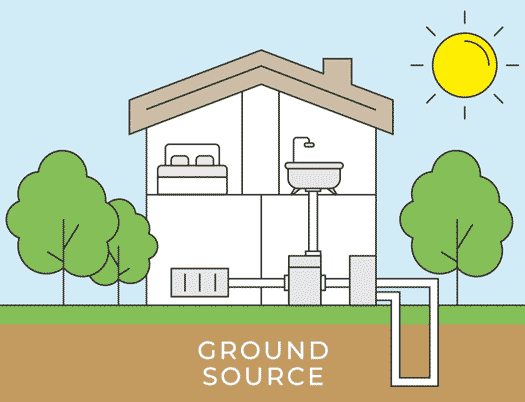
Ground source heat pumps (also known as geothermal heat pumps) absorb naturally stored heat from the earth using a network of pipes laid in either vertical boreholes or horizontal trenches buried in the ground. A water/anti-freeze mixture is fed through the network of pipes, gathering heat and passing it to a compressor, where the temperature is then raised to provide heating and hot water to the property.
AIR SOURCE HEAT PUMPS
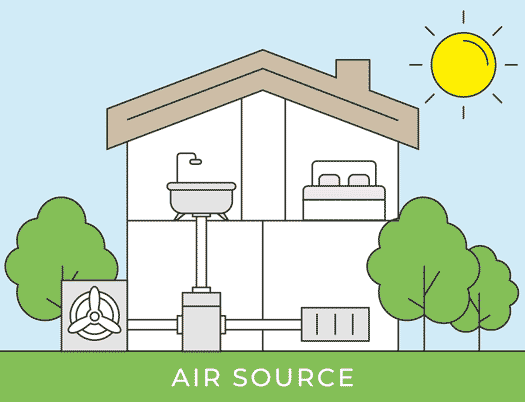
Air source heat pumps absorb thermal energy that is held in the air outside. Large fans are used to draw in the air, which then heats a water/anti-freeze mixture passing behind the fan through a finned heat exchanger. Thermal energy is absorbed by the refrigerant and then passes through a heat pump, where the heat is upgraded to a temperature that provides comfortable heating and hot water for any property.
Which is best for me: Air Source or Ground Source?
If you are looking for an efficient, low-carbon heat source and want minimal disruption during installation, then you might choose an air-source heat pump. If you have a large plot, expect to do the groundwork, or are easily able to, and are looking for maximum efficiency, you might pick a ground source heat pump. Both are great options against fossil fuels boilers and our team at Thermal Earth will provide you with all the information and advice you need to make the right choice for your home.
%20(a4%20-%2029.7%20x%2021%20cm)%20(7).png)
It’s all in the design
The most crucial stage when installing a heat pump is getting the design and measurements correct. If undersized it means your system may not be able to reach your preferred temperature and if oversized the system will be less efficient as it’s producing more energy than what’s required. That is why your new renewable heating system is custom-made to fit your home perfectly.
The design should be carefully thought out, with an accurately sized heat pump as well as careful consideration given to other installation practices such as insulation.
At Thermal Earth we design heat pump systems and factor in elements such as the size of the property, and construction materials and carry out heat loss and heat load calculations to ensure we deliver a high-efficiency system.
What is the cost of installing a heat pump?
In a well-insulated property, every kilowatt hour (kWh) of electricity used to power the heat pump can provide around three to four kWh of ‘free’ thermal energy. This means that a heat pump’s efficiency can reach around 400% – far more than boilers that tend to run at around 92%.
However, when installing a heat pump, there isn’t a simple one-off cost. There are different aspects of the installation that need to be considered and factored into a quote. These include:
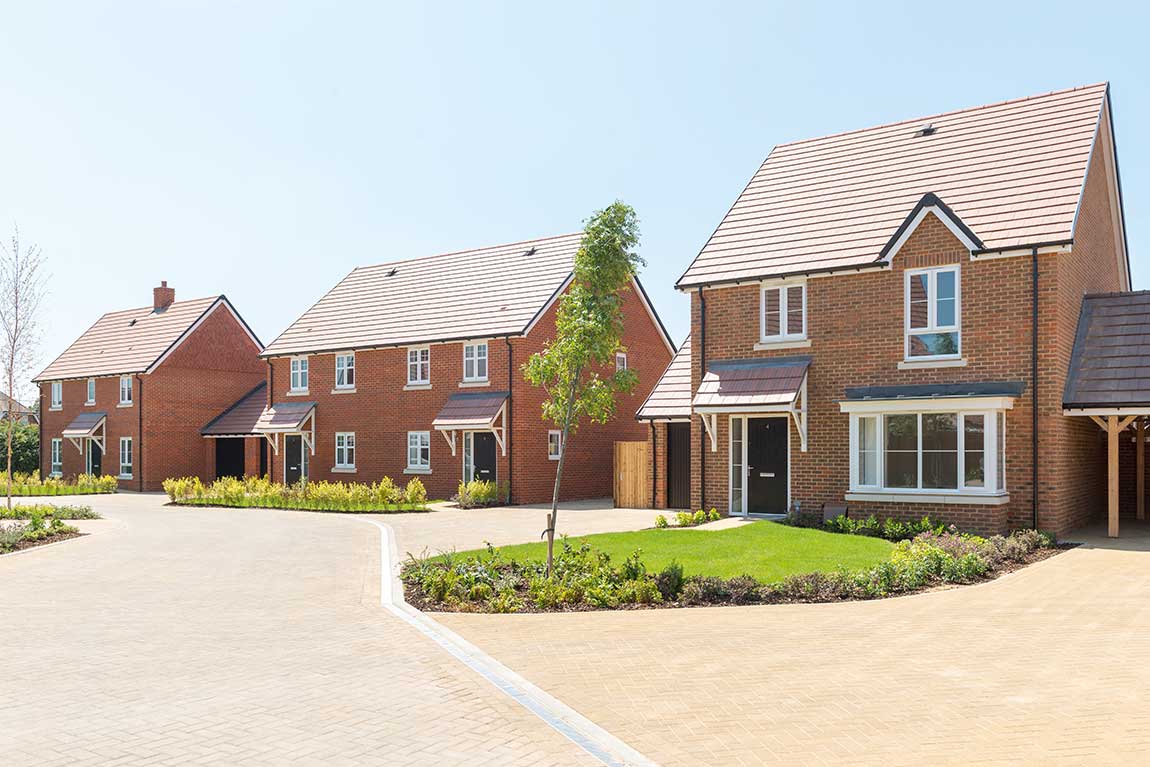
The size of the property
How the property is constructed; what materials it’s made from
How well insulated the property is
How much space is available at the property both internally and externally
Ease of access to the property
What methods will be used to distribute heat around the home (e.g. underfloor heating/radiators)
To find out the cost of a heat pump for your property, we recommend getting in touch with us. Whether you have a clear understanding of the renewable heating system you want to install or you’re learning about green technology for the first time, our knowledgeable team will be happy to guide you through the process and provide you with a free, accurate, no-obligation quote for a heat pump system.
Maintenance of heat pumps
Once installed, heat pumps require very little attention. Heat pumps are designed to work in the background with minimal fuss, providing your property with heating and hot water whenever you need it. The only on-going maintenance that’s required from property owners to their heat pump is an annual service to ensure all the components are working as they should and your heat pump system is operating at maximum efficiency. Following these guidelines will see your heat pump last between 20 and 30 years.
Should I use underfloor heating or radiators with a heat pump?
Both underfloor heating and radiators can be paired with a heat pump but there are a few important considerations to take into account. Whichever option you choose, is it important to understand how each system works alongside a heat pump.
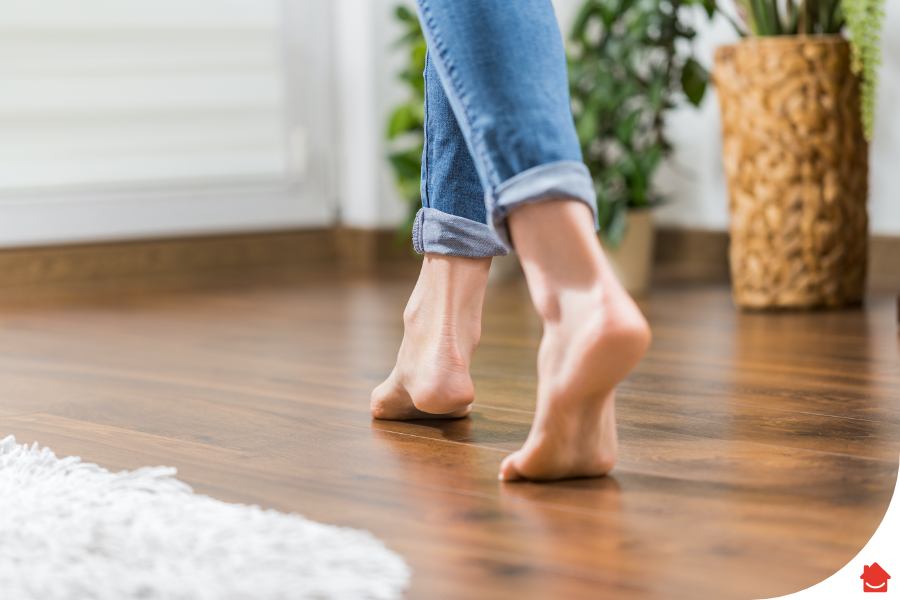 Underfloor heating with heat pumps
Underfloor heating with heat pumps
Heat pumps are most efficient when run at low temperatures over a sustained period of time. As underfloor heating systems use water that is around 40-45°C, compared to a traditional radiator system that uses water around 70-80°C, integrating a heat pump with underfloor heating is the preferred combination, ensuring you get the maximum benefit from your heat pump system.
Why you should pair underfloor heating with a heat pump:
- Low flow temperature solution – maximising the heat pump efficiency
- Up to 40% more efficient than a boiler and radiator system
- Reduces carbon footprint
Radiators with heat pumps
If radiators are the preferred option, it’s worth bearing in mind that they will need to be sized in line with the lower water flow temperatures associated with heat pumps. This means they are generally three the size of those used with a gas or oil boiler.
Heat pump incentives
The installation costs of heat pumps can be quite expensive, but there is help at hand in the form of the Boiler Upgrade Scheme. BUS is a programme established by the UK government to encourage people to switch to renewable heating and to help shoulder the upfront costs. The BUS scheme launched on the 23rd of May 2022, with those eligible to apply for any installation commissioned from the 1st of April onwards. it's aimed at current homeowners and private landlords, with an initial paid out of up to £6,000 to cover the upfront costs of installing a heat pump.
For more information on the Boiler Upgrade Scheme, get in touch with us and we’ll guide you through every aspect and eligibility of the programme.
Frequently Asked Questions
Does my property need to be well-insulated to have a heat pump?
Insulation should be up to modern Building Regulation standards to ensure the heat pump both effectively and efficiently heats the property.
Do heat pumps work in cold weather?
Yes. Heat pumps work effectively year-round. The top 15m of the Earth’s surface maintains an average year-round temperature of 12ºC. Ground source heat pumps (GSHPs) use this heat source to supply the energy required to heat domestic water and a low-temperature heating system such as underfloor heating. Air source heat pumps work in a similar way, except they extract available warmth from passing air rather than from the ground. In theory, they should be able to extract useful energy from the outside air down to temperatures as low as -15°C. The storage cylinder provides both domestic hot water and a boost of heating energy in the coldest weather.
Can I use my heat pump 24 hours a day?
Yes, absolutely. It’s the most efficient way.
What is the cost of installing a heat pump?
When installing a heat pump, there isn’t a simple one-off cost. There are different aspects of the installation that need to be considered and factored into a quote.
WHAT IS THE LIFESPAN OF A HEAT PUMP?
This can vary greatly, dependant on the level of use and how regularly it is checked and serviced. Heat pumps should be serviced annually, with some commercial systems requiring bi-annual servicing arrangements. Generally, the lifespan of a heat pump is expected to be around 20-25 years.
WHICH IS BETTER AN ASHP OR A GSHP?
It is essential that you have sufficient external space for the installation of a GSHP, which tends to rule out most urban properties. With regards to cost, the difference between a GSHP and an ASHP is comparitiv but with the groundworks and the costs associated, costs can be significant. There are 'right' and 'wrong' solutions for each project and they should be assessed individually.
CAN A HEAT PUMP PRODUCE HOT WATER?
Yes a heat pump can produce adequate domestic hot water for all normal use. Generally, we recommend to heat a hot water cylinder to 45 - 50°c. This is warm enough for all washing and bathing. We try to encourage customers to find a happy medium, as the golden rule with all heat pump systems is to keep the output temperature as low as possible while maintaining comfort. Over 50°c normally means that you would need to turn the cold tap on to cool the water, it makes no sense to heat the water and then cool it at the point of use.
CAN THEY PROVIDE COOLING?
Yes. Reverse-cycle heat pumps deliver both heating and cooling very effectively. With air-source heat pumps, this can only be delivered with the full active operation of the compressor but with ground-source heat pumps, we can provide cooling both actively and passively. Passive cooling is the circulation of the brine fluid from the ground collector array directly with the water in the heating/cooling system. This service has the added benefit of 're-charging' the ground collector during the summer months ready for winter operation.
Is planning permission required?
From 1 December 2011 the installation of an air source heat pump on domestic premises is considered to be permitted development, not needing an application for planning permission, provided ALL the limits and conditions listed below are met. These permitted development rights apply to the installation, alteration or replacement of an air source heat pump on a house or block of flats, or within the curtilage (garden or grounds) of a house or block of flats, including on a building within that curtilage. A block of flats must consist wholly of flats (e.g. should not also contain commercial premises). Limits to be met: Development is permitted only if the air source heat pump installation complies with the Microgeneration Certification Scheme Planning Standards (MCS 020) or equivalent standards. Read more about the scheme. The volume of the air source heat pump’s outdoor compressor unit (including housing) must not exceed 0.6 cubic metres. Only the first installation of an air source heat pump would be permitted development, and only if there is no existing wind turbine on a building or within the curtilage of that property. Additional wind turbines or air source heat pumps at the same property require an application for planning permission. All parts of the air source heat pump must be at least one metre from the property boundary. Installations on pitched roofs are not permitted development. If installed on a flat roof all parts of the air source heat pump must be at least one metre from the external edge of that roof. Permitted development rights do not apply for installations within the curtilage of a Listed Building or within a site designated as a Scheduled Monument. On land within a Conservation Area or World Heritage Site, the air source heat pump must not be installed on a wall or roof which fronts a highway or be nearer to any highway which bounds the property than any part of the building. On land that is not within a Conservation Area or World Heritage Site, the air source heat pump must not be installed on a wall if that wall fronts a highway and any part of that wall is above the level of the ground storey. In addition, the following conditions must also be met. The air source heat pump must be: used solely for heating purposes. removed as soon as reasonably practicable when it is no longer needed for microgeneration. sited, so far as is practicable, to minimise its effect on the external appearance of the building and its effect on the amenity of the area. You may wish to discuss with the Local Planning Authority for your area whether all of these limits and conditions will be met.
WHAT ABOUT PASTEURISATION OF LEGIONNAIRES?
For domestic properties, it is recommended to pasteurise a hot water cylinder once per week to 60°c and above. The heat pump will already have heated the cylinder to approximately 50°c so to top it an immersion heater can be used. On commercial installations, this must be carried out daily rather than weekly.
 Facebook
Facebook LinkedIn
LinkedIn Twitter
Twitter


